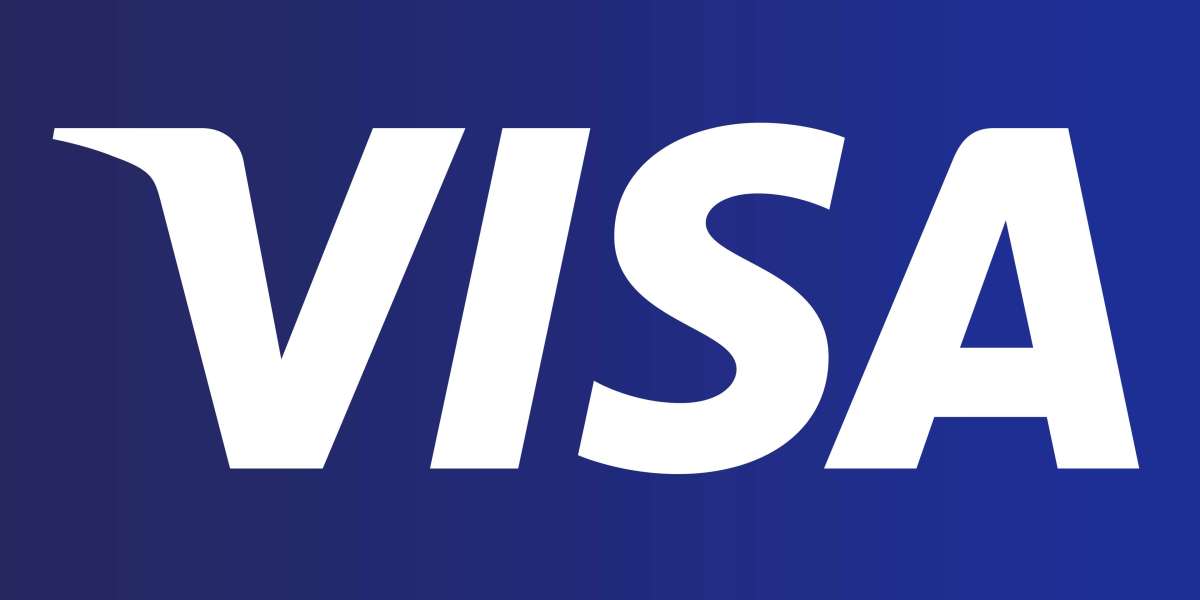Introduction: What is Last Mile Delivery?
As the world becomes increasingly more connected, the need for businesses to have a reliable last-mile delivery solution has never been greater. Last-mile delivery is defined as the final stage of a product’s journey from the point of origin to the customer’s doorstep.
This final leg of the journey is often the most complex and costly, as it requires coordination between multiple parties such as manufacturers, retailers, logistics providers, and finally, the customer. In order to be successful, last-mile delivery must be efficient and cost-effective.
Traditionally, businesses have relied on private courier services or third-party logistics providers to manage their last-mile deliveries. However, with the advent of new technologies, such as mobile apps, there are now more innovative and cost-effective ways to handle last-mile deliveries.
Mobile apps can be used for a variety of purposes related to last-mile delivery, such as tracking and managing deliveries, coordinating pickups and drop-offs, and even providing real-time updates to customers on the status of their orders. In addition, mobile apps can help businesses save money on last-mile delivery by simplifying coordination between all parties involved and automating many of the tasks required to complete a delivery.
Mobile apps are changing the landscape of last-mile delivery by making it more efficient and cost-effective for businesses and consumers alike.
How Apps are streamlining delivery logistics
There are a number of ways in which mobile apps streamline delivery logistics for businesses and consumers. One way is by providing real-time tracking information. This allows businesses to see where their deliveries are at any given time and also provides customers with up-to-the-minute information on the status of their orders. This helps to eliminate any uncertainty or anxiety about when a delivery will arrive.
Another way mobile apps are improving last-mile deliveries is by providing route optimization. This ensures that delivery drivers take the most efficient route possible, thus reducing travel time and expenses. Route optimization can also help to avoid traffic congestion and other delays.
Mobile apps are also helping to improve customer service in the last mile of delivery. By allowing customers to track their orders in real time, businesses can provide them with estimated arrival times that are more accurate than ever before. Additionally, many apps now allow customers to input special instructions for their delivery, such as where to leave the package if no one is home. This helps to ensure that customers are getting the best possible experience with the business’s last-mile delivery service.
Benefits of Mobile Apps for Businesses and Consumers
Mobile development and consulting are becoming increasingly popular as a way for businesses to improve their last-mile deliveries. There are many benefits of using mobile apps for businesses and consumers, including:
- Increased efficiency and accuracy: Mobile apps can help businesses track their inventory in real time, which can lead to more efficient and accurate deliveries.
- Improved customer service: Mobile apps can provide customers with updates on the status of their delivery, which can improve customer satisfaction.
- Reduced costs: Mobile apps can help businesses reduce the costs associated with last-mile deliveries, such as fuel costs and labor costs.
- Increased sales: Mobile apps can help businesses increase sales by providing customers with convenient access to their products and services.
- Improved brand reputation: Mobile apps can help businesses improve their brand reputation by providing an easy and convenient way for customers to receive their products and services.
Challenges of Last Mile Delivery with Mobile Apps
There are a number of challenges that come with using mobile apps for last-mile delivery. One of the biggest challenges is ensuring that the app is user-friendly and easy to navigate. Another challenge is making sure that the app integrates seamlessly with the existing delivery infrastructure so that orders can be placed and tracked easily.
Another big challenge is ensuring that orders are delivered on time and as promised. This can be difficult to manage, especially if there are a lot of orders coming in at once. There may also be issues with customer satisfaction if orders are not delivered as expected.
It is important to consider the security and privacy of both businesses and consumers when using mobile apps for last-mile delivery. There have been some concerns raised about the potential for data breaches and other security risks associated with these apps. Businesses need to make sure that they have adequate security measures in place to protect customer data.
Examples of Innovative Technologies Being Used to Streamline Delivery Services
1. Automated Scheduling and Routing
There are a number of mobile apps that use innovative technologies to streamline delivery services. One example is an app that provides automated scheduling and routing for deliveries. This app uses algorithms to determine the best route for each delivery, taking into account traffic conditions, weather, and other factors. This can save businesses a significant amount of time and money by ensuring that their deliveries are made in the most efficient way possible.
2. GPS Tracking
Another innovative technology that is being used to streamline delivery services is GPS tracking. This allows businesses to track their vehicles in real time, which can be very helpful in ensuring that deliveries are made on time and in the most efficient way possible. GPS tracking can also help businesses to recover lost or stolen vehicles, as well as to track employee driving habits.
3. Mobile Payment Processing
Mobile payment processing is another innovative technology that is being used to streamline delivery services. This allows businesses to accept payments via credit card, debit card, or mobile wallet from their customers through a mobile app. This can save businesses a significant amount of time and money by eliminating the need for paper invoices and receipts. Mobile payment processing can also help businesses to track customer spending habits and trends.
Conclusion: Summary of Mobile App’s Impact on Logistics and Last Mile Deliveries
As the number of mobile phone users continues to grow worldwide, so too does the number of people using mobile apps. This trend is particularly evident in the area of logistics and last-mile deliveries, where innovative new apps are changing the way businesses and consumers interact with the delivery process.
There are a number of different ways in which mobile apps are improving last-mile deliveries, including by providing real-time tracking information, automating delivery schedules, and offering enhanced customer service features. Together, these benefits are making it easier and more efficient for businesses to manage their logistics operations, as well as providing a better experience for consumers.
One of the most significant impacts of mobile apps on last-mile deliveries is the ability to provide real-time tracking information. This allows businesses to see exactly where their deliveries are at any given time, which can be invaluable for managing inventory and ensuring that products arrive on time. In addition, many apps also allow customers to track their own orders, giving them greater visibility into the delivery process.
Another important benefit of mobile apps is their ability to automate delivery schedules. This can be a huge time-saver for businesses, freeing up staff to focus on other tasks. In addition, it can also help to ensure that customers receive their orders when they expect them.
Mobile apps also offer enhanced customer service features that can be used to improve the delivery experience. These features can include everything from automated notifications about order status updates to live chat support.









